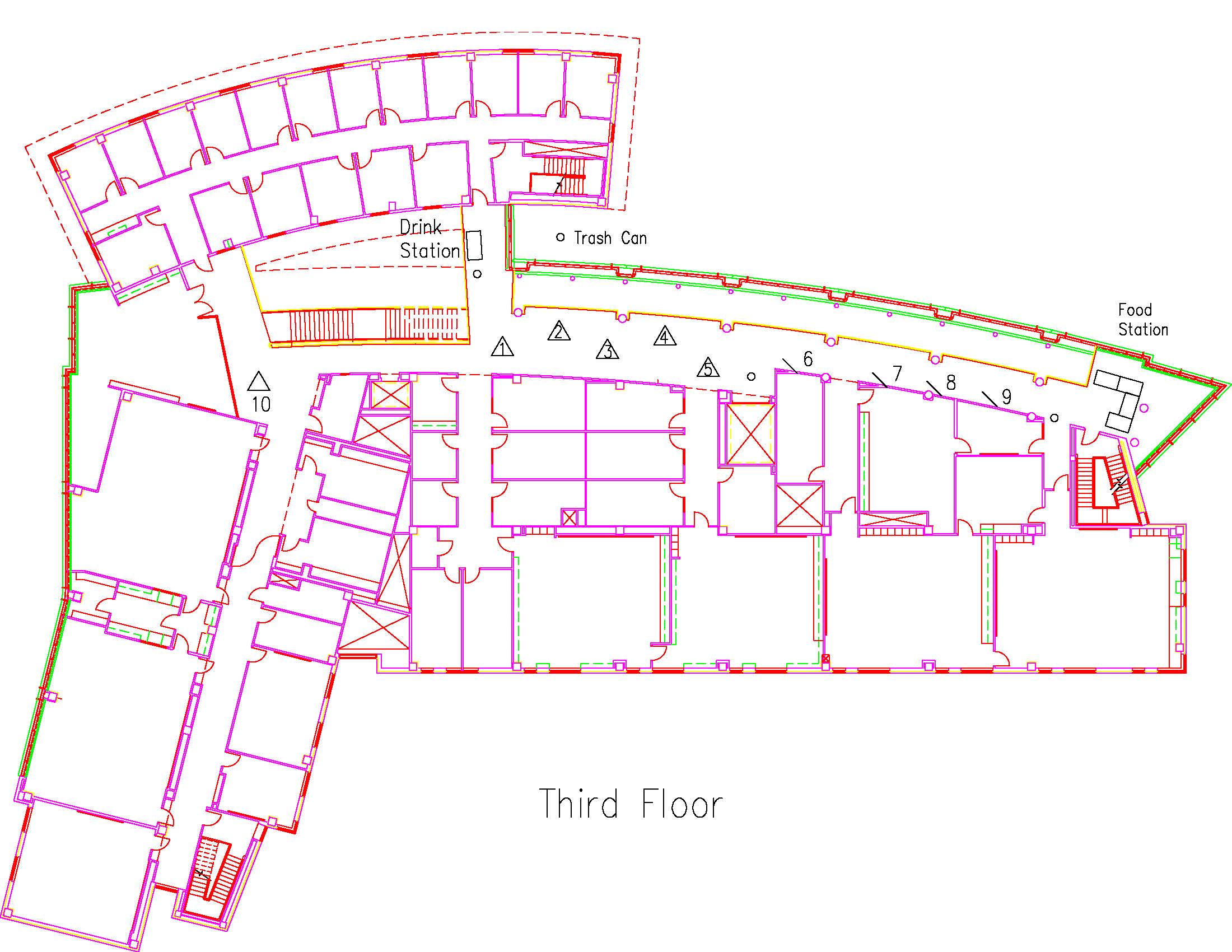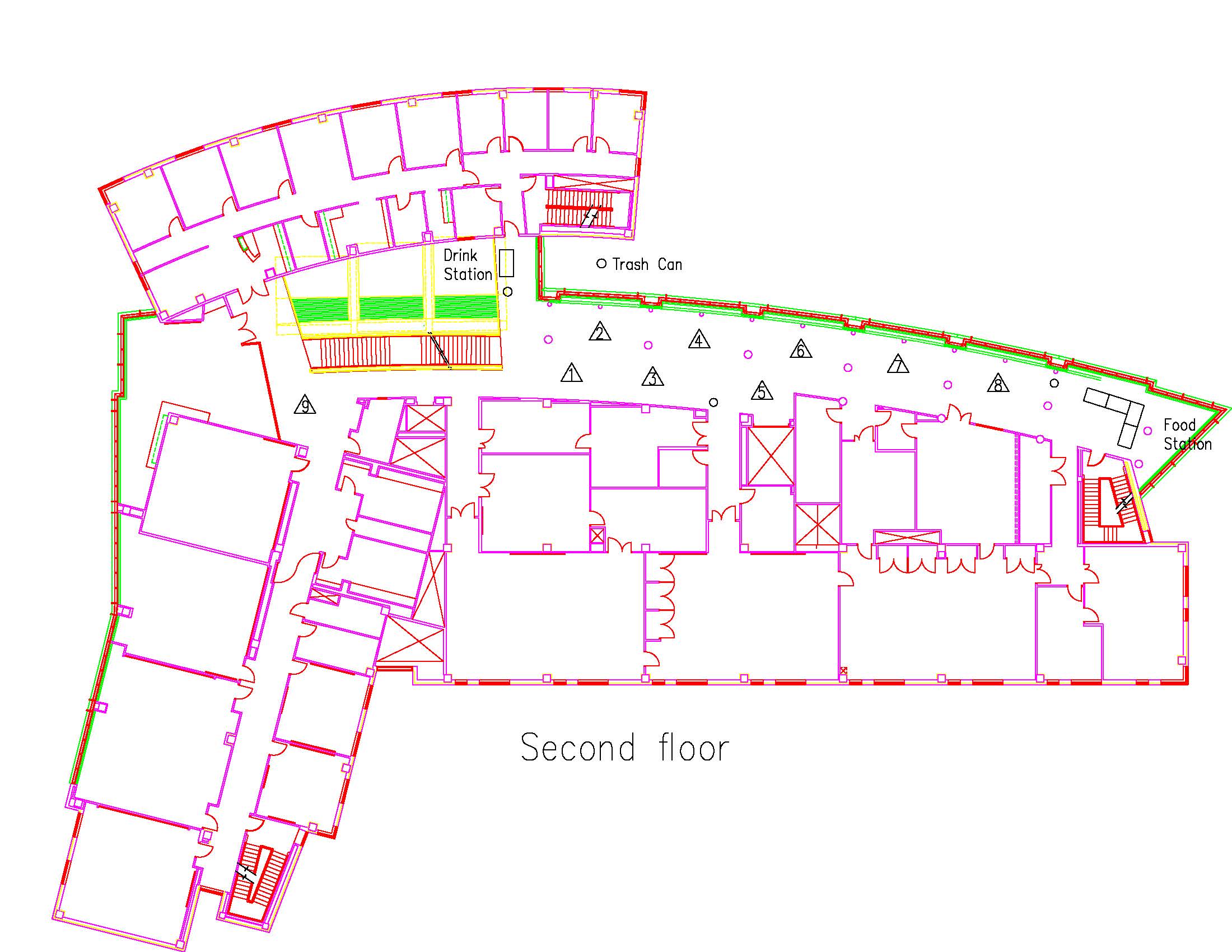ENSC2019LAM12347 ENSC
Converting Spent Coffee Grounds into Carbon-Based Materials For Water Treatment
Type: Undergraduate
Author(s):
Amy Lam
Environmental Sciences
Olivia Jones
Environmental Sciences
Todd Longbottom
Geological Sciences
Advisor(s):
Omar Harvey
Geological Sciences
Location: Session: 1; 3rd Floor; Table Number: 8

(Presentation is private)Coffee is one of the most popular drinks in the world. Americans generate on average 12600 tons (around a thousand school buses) of coffee grounds per day – which is most often landfilled. This typical waste stream represents a potential feedstock for developing carbon-based materials with applications across numerous disciplines. For example, initial research in Dr. Harvey’s Lab on spent coffee grounds, received from Avoca Coffee Roasters in Fort Worth, has shown that charring the grounds at 350 ℃ improved its Lead removal abilities. Our research will build upon this previous research by conducting more controlled studies to evaluate those earlier results and determine the optimal charring temperature for producing charcoals for water filtration applications. Since we had no control over how the previously donated coffee grounds were brewed by Avoca Coffee Roasters, we decided to design an experiment that will give us more control over the brewing process. The coffee beans were obtained from Avoca Coffee Roasters and brewed according to the Golden Ratio. We will also study the surface properties of charred coffee grounds produced at 350 ℃, 450 ℃, and 650 ℃ from Ethiopian and Mexican coffee grounds.
ENSC2019NIYITANGAMANZI41060 ENSC
An analysis of factors that influence major crops productivity in Rwanda
Type: Undergraduate
Author(s):
Aurore Niyitanga Manzi
Environmental Sciences
Advisor(s):
Tamie Morgan & Dr. Omar Harvey
Environmental Sciences
Location: Session: 2; 3rd Floor; Table Number: 5

View PresentationA GIS and remote sensing analysis of Rwanda was conducted to analyze changes in land cover, urbanization, and croplands over time. Data mapping changes in major crops productivity throughout time was also analyzed and combined with information on elevation and soil conditions. All factors were analyzed to identify the location and suitability of soils for each major crop.
ENSC2019PORTILLO33835 ENSC
Investigating the Longterm Effects of Urbanization on Soil Properties in Fort Worth, Tx
Type: Undergraduate
Author(s):
Jacob Portillo
Environmental Sciences
Kelby Caplinger
Environmental Sciences
Michaela Donahoo
Geological Sciences
Dorothy Gilliam
Environmental Sciences
Ella Hellessey
Environmental Sciences
Wyly Lincoln
Environmental Sciences
Aurore Manzi
Environmental Sciences
Advisor(s):
Omar Harvey
Geological Sciences
Location: Session: 2; 2nd Floor; Table Number: 8

View PresentationThe long term effects of urbanization on soil properties in Fort Worth, Texas remain largely unknown, making future predictions of soil health and the development of environmentally beneficial practices difficult. The rapid expansion of the Fort Worth Metroplex begs the question of how can cities best prepare for or mitigate the effects of disturbance due to construction and constant lawn care. In order to understand how soil properties change with time after an initial disturbance, many different methods were implemented to quantify and qualify the different stages of post-urbanized recovery in order to find the trend the soils at the houses of varying age ranges took relative to the natural area. Overall, the soil properties trended towards recovery and the deviation from the natural park area decreased as the houses increased with age. The only variable that did not follow this trend was amount of organic matter at each site, which was determined to be affected uniquely by lawn care and the continued use and accumulation of nutrients from fertilizer applications. These results can be used to identify and understand the effects caused by future construction projects and possibly be used to establish more sustainable development in the DFW area.
GEOL2019PEREZ40118 GEOL
Area Growth of Fort Worth, Texas in Zip Codes 76131, 76177, 76137, and 76244
Type: Undergraduate
Author(s):
Dylan Perez
Geological Sciences
Advisor(s):
Tamie Morgan
Geological Sciences
Location: Session: 2; 3rd Floor; Table Number: 1

View PresentationOver the last 20 years significant growth has occurred in the northern part of Fort Worth, Texas defined by the zip codes 76131, 76137, 76177, and 76244. Using GIS analysis, this project measured the amount of open area lost and the growth of residential and commercial areas.
GEOL2019TOTZ51136 GEOL
A GIS Analysis of Crustal Stress Directions and Orientation of Horizontal Drilling in the Permian Basin in West Texas
Type: Undergraduate
Author(s):
Samuel Totz
Geological Sciences
Advisor(s):
Tamie Morgan
Geological Sciences
Helge Alsleben
Geological Sciences
Location: Session: 1; 2nd Floor; Table Number: 6

(Presentation is private)The World Stress Map (WSM) is a global compilation of information on the stress field of the present-day earth crust and is maintained since 2009 at the Helmholtz Center Potsdam GFZ German Research Center for Geosciences. This database uses data from earthquake focal mechanisms, well bore breakouts, drilling induced fractures, and geologic data to generate a map of the stresses in the Earth. Using GIS, the data was mapped and examined for the Permian Basin area of West Texas which is currently one of the largest and most active oil fields in the United States. This database in conjunction with data collected on the direction of horizontal well bores was examined to determine if or how stress directions in the Earth influenced the drilling bore direction. This data was also used to see if there is a correlation between stress direction and a company’s decision to place a well in a certain location or orientation.